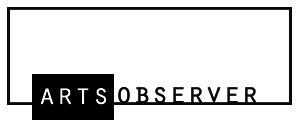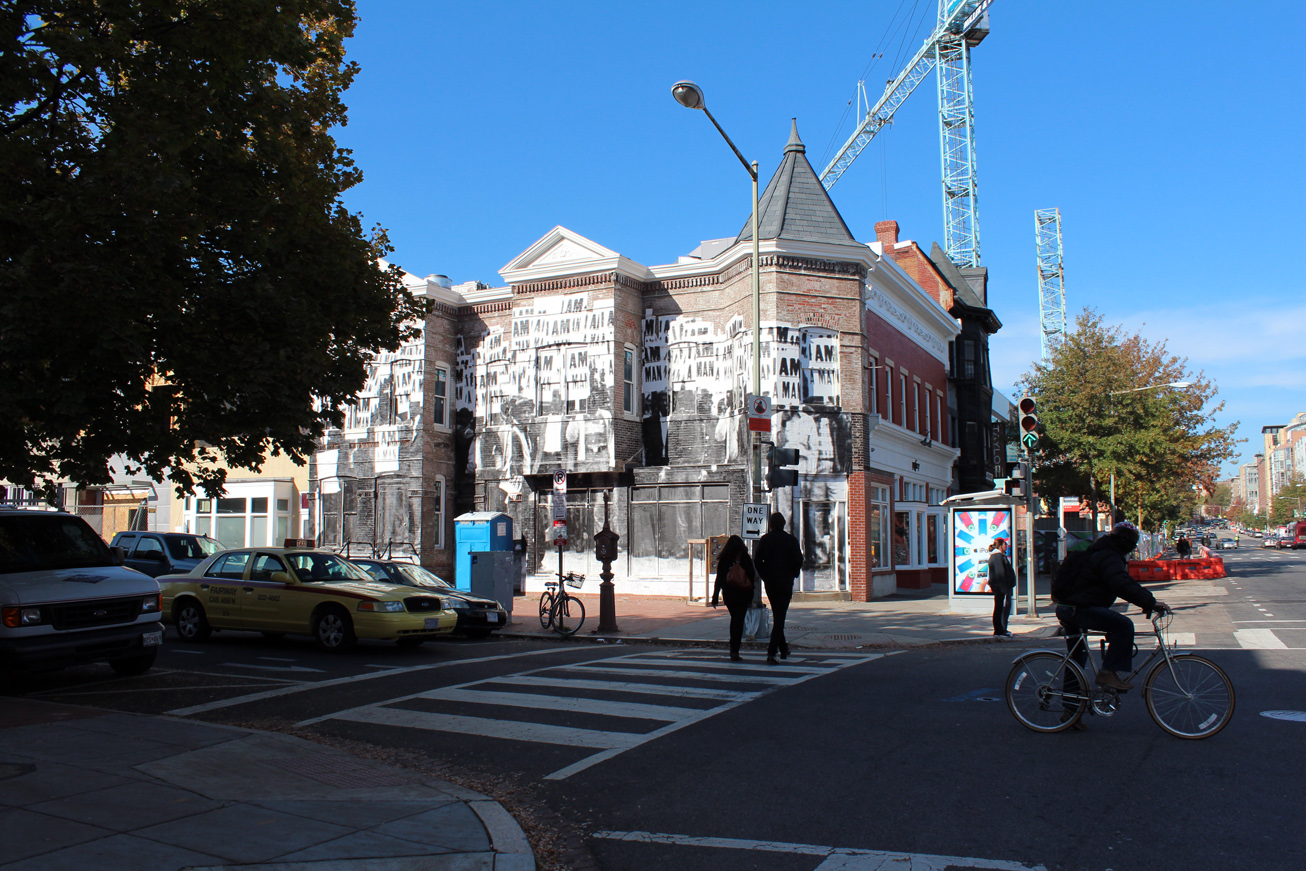WASHINGTON, DC—On election day, I thought it was fitting to share this symbolic image of striking sanitation workers, black men holding signs declaring “I Am a Man.” Every voter has a voice. Every voter, regardless of their station in life is “a man,” with the right to participate and be engaged, helping to shape U.S. democracy.
The photograph taken by Ernest Withers was captured in Memphis in 1968 and pasted up on a vacant building in Washington, D.C., a couple of weeks ago by French artist JR.
Printed in sections, the civil rights image was installed over two days using a scaffolding. The project was arranged with the permission of the building’s owner and was facilitated by the Contemporary Wing Gallery.
The installation at the corner of 14th and T streets in NW is adjacent to the U Street corridor where riots erupted after the assassination of Martin Luther King Jr. in 1968. King was killed in Memphis where he had traveled to address and support the sanitation workers.
Once a street artist, JR has evolved into a kind of human rights activist in 2005. The artist is committed to giving a voice to those without one through his art. His usual practice is to show up in cities around the world—Rio de Janeiro, Havana, Nairobi, Hong Kong—and working with the community, paste up large-format black-and-white images of local people, often overnight and disappearing before anyone is able to ask him about the project. JR wants to draw attention to the plight of the people and the conditions in which they live and prefers to let them speak for themselves—about the project and their lives.
He won the 2011 TED Prize and used the $100,000 award to fund Inside/Out, an interactive project that encourages groups of connected people—neighbors, classmates, families, colleagues, tribe members—to turn their identity into art. Participants submit head shots of themselves to the project’s website and receive posters of their portraits to paste up in their community. In addition, an archive of all of the photos is maintained in an online gallery.
It is rare for JR to do an on-site project in the United States. This latest installation is his first in the nation’s capital. After the harsh rain of super storm Sandy, the iconic image has faded a bit.
JR told The Washington Post that meeting people in the neighborhood was the best part of doing the installation: “When you’re in New York, people don’t say, ‘We’re happy you came to New York.’ In D.C., people thank you for coming here and bringing art here,” he told the Post.







